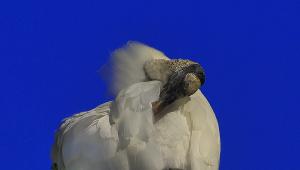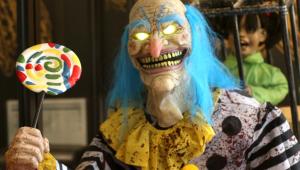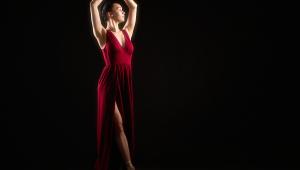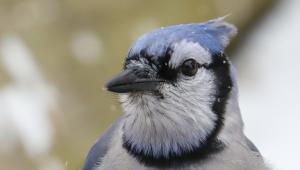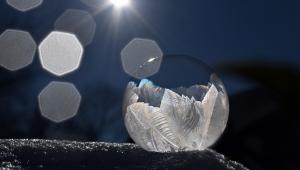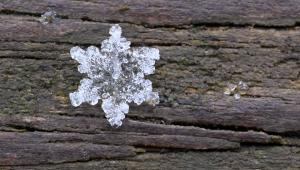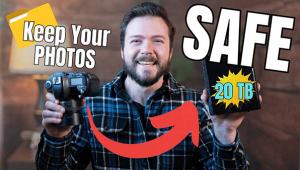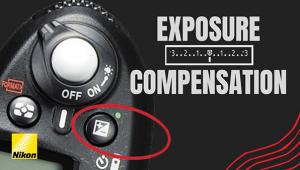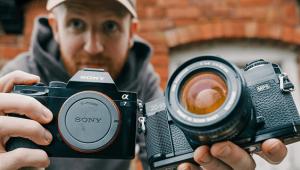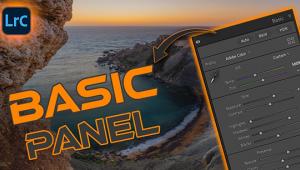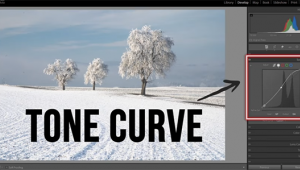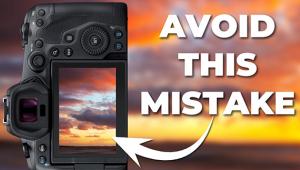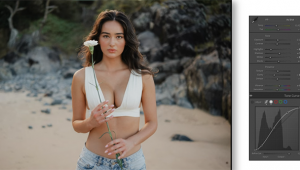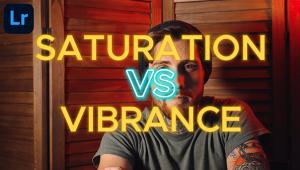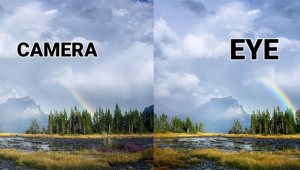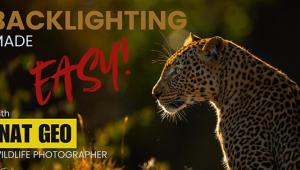SP Studio Systems’ LancerLight SPC3200 AC/DC; The Versatile Flash Goes Anywhere
|
|
|
I'm not really fussy about my lights. By that, I mean I'm not enamored
by a specific brand and I don't need them to measure light in hundredths
of a stop. I also don't need them to cycle in half a second. If I were
a fashion or commercial photographer, things might be different, but as a portrait
guy, my needs are pretty simple. I usually use a traditional four-light setup
in my studio, and two of the lights (hair and fill) rarely move. I just put
on whatever light modifier strikes me, such as an umbrella, softbox, or parabolic
reflector, and go to town.
Why do I tell you all this? Because I want you to know where I'm coming
from. The light that is the subject of this test is a fine fit for my type of
shooting, or anyone looking for a reliable, go-anywhere light. It's pretty
basic, which suits me fine and I'm sure keeps the cost down, so keep reading
and see if it's a good fit for you also.
First, let's take a look at what we've got here. The LancerLight
SPC3200 AC/DC strobe is a studio flash unit. It has a relatively high guide
number, charges in about three hours, and is simple to use. The SPC3200 AC/DC
strobe has two output controls (one for the flash and one for the modeling light)
that function at full, 1/2, and 1/4 power. The big difference between this and
most other studio lights is that you don't need to leave it in the studio!
A DC battery pack is available to power the unit. The brochure states that the
unit is "Digital Compatible," whatever that means. I think it just
means that some neophytes may believe some flashes can't be used with
digital, so they don't want to take the chance of missing that sale.
The SPC3200 AC/DC strobe has a built-in slave sensor, a nice feature that most
lights have, that allows it to be fired by any other flash. It can be turned
off should you wish not to use it, as in location situations where other flashes
may fire yours when that's not your intent. The circular flash tube in
the SPC3200 AC/DC strobe is easily changed by the photographer.
The stated guide number for the SPC3200 AC/DC strobe (ISO 100 ft) at full power
is 160, at 1/2 power is 110, and at 1/4 power is 80. The unit uses a standard
100w AC light bulb as a modeling lamp, always a nice convenience, and both the
power switch and modeling light feature a three-step power control switch. There
is an AC/DC switch for switching between the AC and DC modes and the modeling
bulb will not work on DC power, preventing a drain on the battery pack. The
back of the unit also features a handle, ready light, PC cord socket, test button,
and fuse.
 |
 |
||
|
|
The light is marketed by the folks at Brandess-Kalt-Aetna (BKA) and they supplied
me with a stand and umbrella as well as the battery pack for testing. Several
accessories, such as barn doors and softboxes, are available. Now that we've
got the specs out of the way, let's see how the thing works in the field--and
I mean literally!
First, the light looks cool. I think it's nice now that lights can be
yellow or green or orange, not just plain old gray. This unit comes in a smashing
blue color with yellow lettering. It appears to be made of some type of plastic
that looks indestructible, although that word is foreign to most photographers
I know! Anyway, it appears quite rugged and well made and all controls worked
as advertised during the test period.
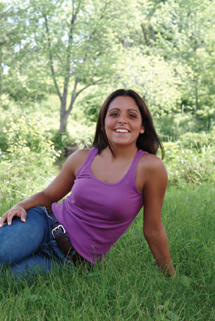 |
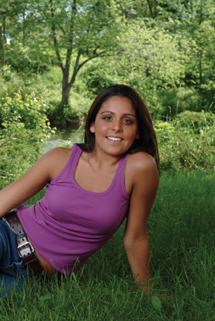 |
||
|
|
The first thing I did was check out the specs to see if they were accurate.
I taped off 10 ft in my studio, attached the 5" parabolic reflector to
the light, and fired off a few shots, checking them with my digital flash meter.
I found the stated Guide Number of 160 at ISO 100 to be deadly accurate, as
well as the stated 110 at 1/2 power and 80 at 1/4 power. I confirmed my meter
findings by shooting a Digital Calibration Target (www.fjwestcott.com)
with my Fuji S2 camera. All testing was done with the unit on AC. I did find
the recycle times to be on the optimistic side. The specs state 5.5 seconds
on full power, but I found 8-10 to be more realistic. The "ready light"
comes on in about 6 seconds. Shooting before I had a full charge resulted in
some underexposed studio images.
- Log in or register to post comments

